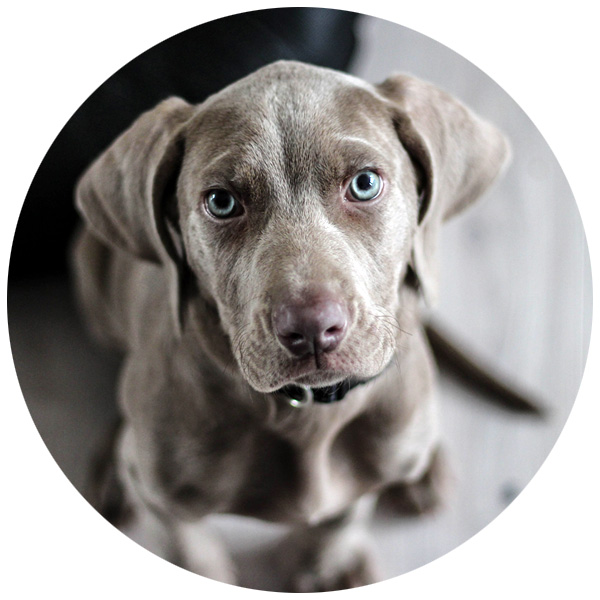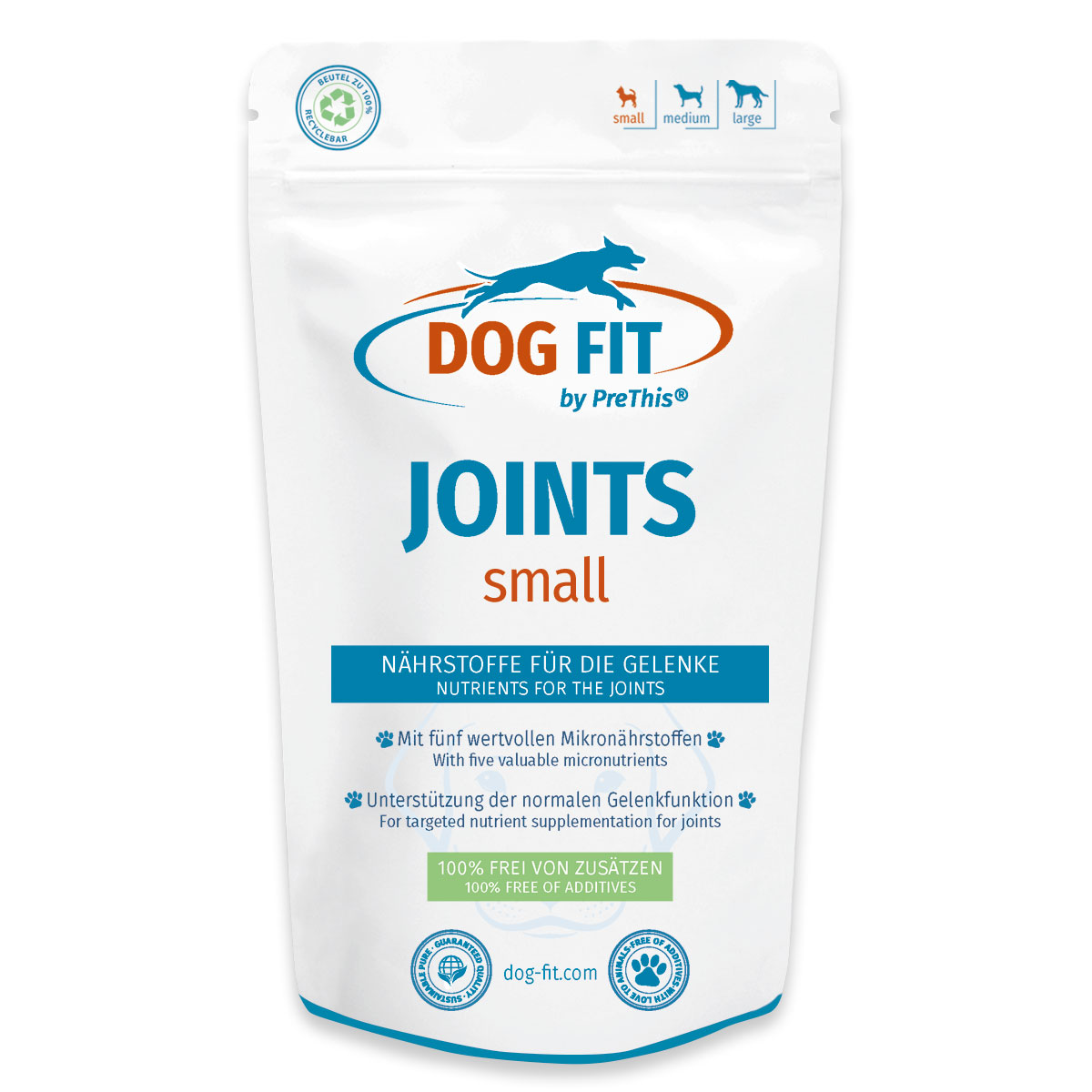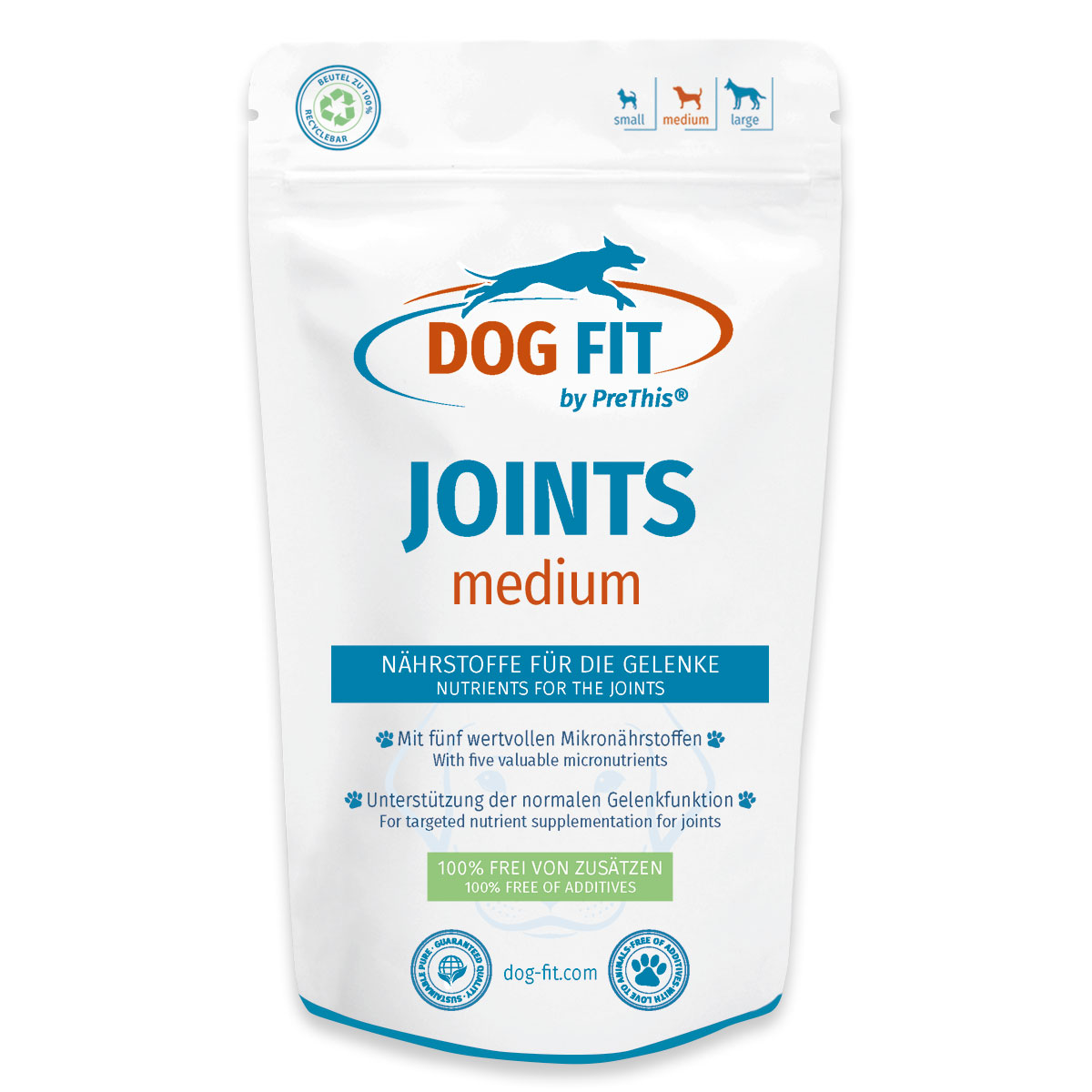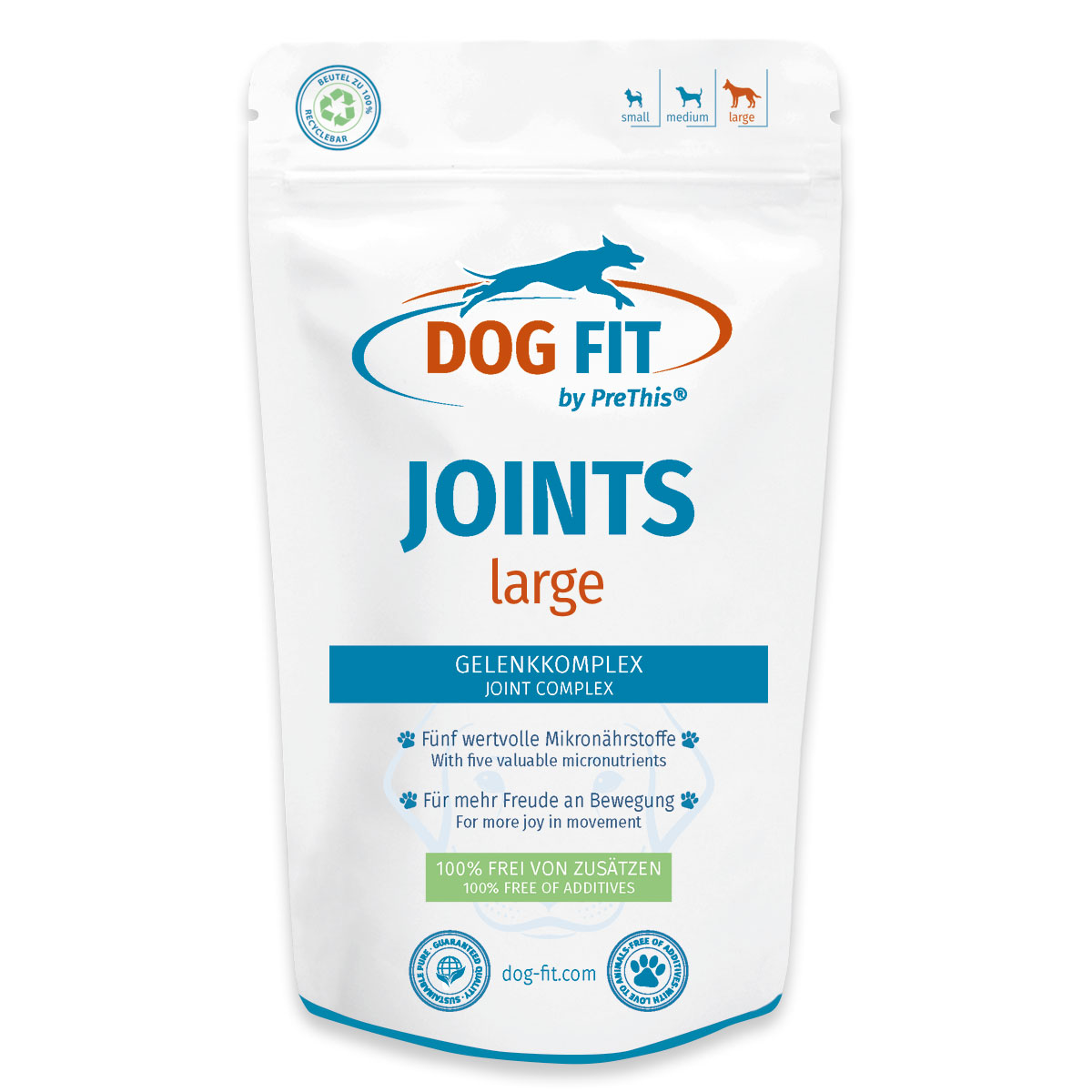Osteoarthritis in dogs
Osteoarthritis in dogs: Understanding joint wear and tear and taking early action
Osteoarthritis (arthrosis deformans) is the most common joint disease in dogs. It describes a degenerative change in the joints in which the protective cartilage is slowly broken down. This cartilage normally acts as a gliding surface and buffer between the joint bones. As the loss progresses, it can lead to friction, restricted movement, and changes in gait.
Although osteoarthritis primarily affects older dogs, it can in principle occur at any age. The first signs are often lameness, stiffness after standing up, or a lack of interest in playing. Difficulty jumping or climbing stairs are other possible symptoms.
Causes and Risk Factors
- Natural cartilage degradation: With increasing age, the cartilage loses elasticity and the production of synovial fluid decreases.
- Malalignments & Obesity: Congenital or acquired deformities – such as hip dysplasia – and excessive body weight lead to increased mechanical stress on the joints.
- Diet: A long-term, inappropriate diet can impair the normal supply of micronutrients.
- Injuries or inflammation: Trauma, bruises, or long-standing inflammation in the joint area can increase the risk of changes.
Osteoarthritis prognosis and progression
Joint changes associated with osteoarthritis are considered permanent. However, appropriate measures can slow progression and improve quality of life. The goal is to maintain mobility for as long as possible and to provide nutritional support for the joint structures.
What can be done for the dog
- Needs-based nutrition: A balanced diet with high-quality nutrients is important for general well-being.
- Moderate exercise: Regular, joint-friendly exercise such as controlled walks or swimming can promote the musculoskeletal system.
- Physiotherapy: Special exercises, massages, and targeted muscle building support mobility.
- Individual care: Working with an experienced veterinarian or animal health practitioner helps to find the right management concept.
Attentive attention to the dog’s individual needs, regular exercise, and loving support in everyday life can significantly contribute to maintaining your four-legged friend’s zest for life, even during age-related changes. Working with experienced professionals and adapting the living environment early on help to provide the dog with as much comfort and mobility as possible.



